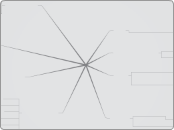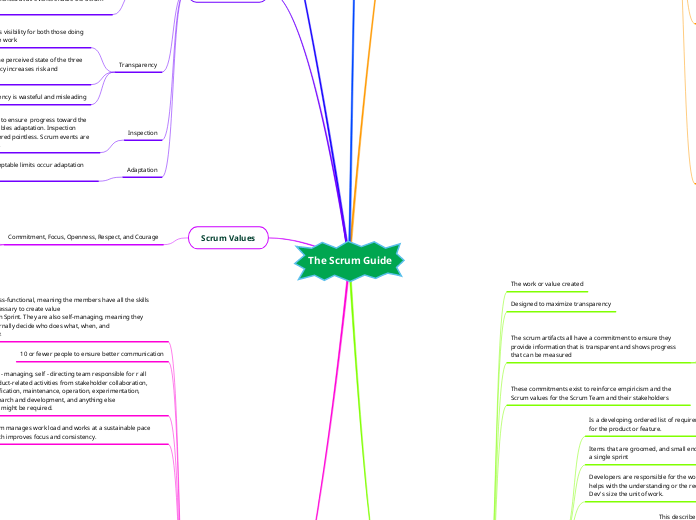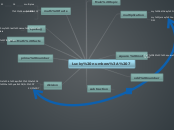jonka Madison Godfrey 12 vuotta sitten
216
Unit 3: Fractions
Various methods for solving problems involving fractions are explored, including traditional techniques, partial differences, and decomposing. Visual aids using shapes like hexagons help illustrate concepts such as unit iteration and partitioning.









